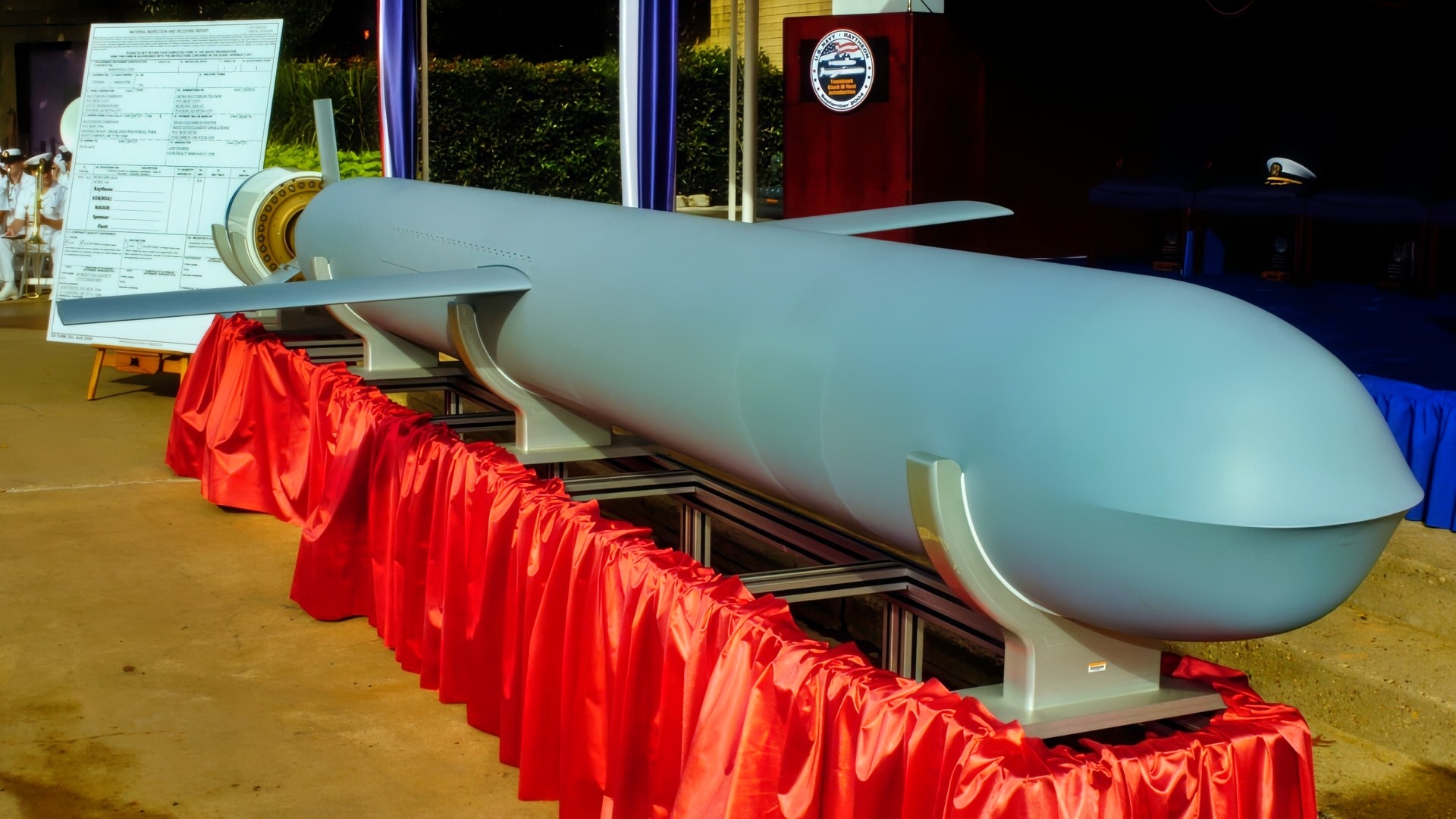Key Points and Summary – The UK has “quietly topped up” Ukraine’s stockpile of Storm Shadow cruise missiles ahead of winter, reinforcing Kyiv’s long-range strike capability.
-This “pre-winter replenishment” comes as Washington, under President Trump, refuses to send Tomahawk missiles.

Tomahawk Block IV Missile. Image Credit: Creative Commons.
-The resupply enables Ukraine’s escalating campaign against Russian energy infrastructure, including a recent drone strike on a petrochemical complex in Bashkortostan.
-The move is also set against a backdrop of transatlantic tension, with Trump accusing Russia and China of “secret” nuclear tests, and Germany pledging a new €3 billion in aid to Kyiv for 2026.
Storm Shadow: UK ‘Tops Up’ Kyiv’s Cruise Missiles Ahead of Winter
As winter looms, Ukraine’s stockpile of Storm Shadow cruise missiles has been quietly topped up by the United Kingdom.
This news comes as Washington refuses to commit to offering Ukraine Tomahawks, and Donald Trump alleges “secret” nuclear tests by Moscow and Beijing.
The scale of London’s resupply to Kyiv, first reported by Bloomberg, is unclear.
Still, it is being publicly framed as a pre-winter replenishment aimed at disincentivizing Russian strikes on Ukraine’s infrastructure and residential areas.
Storm Shadow, the UK’s low-observable, terrain-hugging missile, has become one of Kyiv’s sharpest tools for hitting far beyond its front lines, well into Russia’s interior.
That portfolio has swelled in recent weeks, with Ukrainian drones and missiles slamming into petrochemical and fuel infrastructure hundreds of miles from the border.
Earlier today, regional authorities in Russia’s Republic of Bashkortostan acknowledged damage at its Sterlitamak petrochemical complex on Tuesday, demonstrating just how penetrating and dangerous Kyiv’s strikes are becoming.
This is all part of Ukraine’s calculated strategy to hike the Kremlin’s wartime costs, disrupt logistics, and alert its population to the insecurity their regime’s war has inflicted upon them, in the hope of ending the war on favorable terms.
The transatlantic picture regarding missiles is less clear. Trump has vowed to keep supplying Ukraine, but recently told reporters he is unwilling to green-light Tomahawk transfers, at least not yet.
Still, he used a 60 Minutes interview on Sunday to accuse Russia and China of conducting nuclear weapons tests “underground,” a charge Beijing has denied.
He then suggested the U.S. could play the same game, before the White House’s energy chief stressed that any new U.S. nuclear weapons tests would be non-explosive component checks rather than detonations.
In Europe, support for Ukraine remains a priority for many European Union (EU) member states. Berlin has now confirmed it will set aside a further €3 billion for Ukraine in 2026 despite budget concerns.
This aid will back artillery, drones, armor, and Patriot replacements.
Meanwhile, Brussels’ new enlargement draft credits Kyiv with “remarkable commitment” to reforms, even as it urges stricter anti-corruption measures.
Like many of Ukraine’s other allies, the UK is behaving like a state that reasonably anticipates more hard months ahead and wants Ukraine to keep striking deep, regardless of Washington.
But Storm Shadow and cash from Brussels and Berlin will not solve every battlefield problem.
But as Russia continues to chuck waves of drones, missiles, and glide bombs Ukraine’s way, and as Trump’s rhetoric on the Russian invasion continues to rapidly ebb and flow, giving Kyiv reliable reach may be the most credible way the UK can shape the war’s current tempo.
Still, given how heavily reliant the UK is on US military cooperation, it is unlikely London made this decision at Washington’s chagrin.
About the Author: Georgia Gilholy
Georgia Gilholy is a journalist based in the United Kingdom who has been published in Newsweek, The Times of Israel, and the Spectator. Gilholy writes about international politics, culture, and education. You can follow her on X: @llggeorgia.
More Military
The Mach 3 SR-71 Blackbird Spy Plane ‘Broke All the Rules’ Thanks to Titanium
SR-72: The Air Force’s New Hypersonic Bomber?
Russia’s Admiral Kuznetsov Aircraft Carrier Is Now ‘Non-Operational’
New Army M1E3 Tank vs. Russia’s T-14 Armata: Who Wins Summed Up in 2 Words










